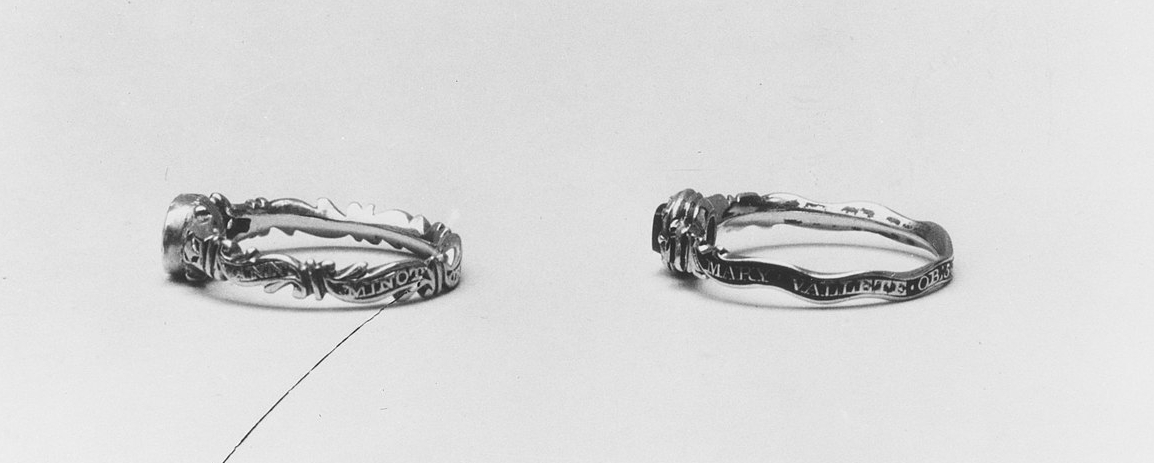Join us on a seventeenth-century literary adventure!! We have created an interactive video game set in Anne's hometown as part of our own quest to reinvigorate her historical and literary legacy. We want you to play with us!
Set shortly after Bradstreet’s death in the late seventeenth century, the Finding Anne Bradstreet video game takes users on a virtual scavenger hunt through the former colonial settlement of North Andover (then, just “Andover”). Users collect fragments of her poetry from friends and neighbors geolocated throughout the original colonial settlement. Once you arrive in a given destination, you converse with a character—who may or may not give you a poem, depending on your responses.
On your journey, you’ll encounter Stacy, a 9-year-old who was enslaved in Dudley Bradstreet’s home; three of Anne Bradstreet’s children—Samuel, Mercy, and Dorothy; and Samuel Wardwell, a man executed for witchcraft in the 1690s (not before casting an accusation at Dudley and his wife).
Usually, you need to be in North Andover to play. We believe the narrative interacts meaningfully with the natural environment—and that the best way to play is with your feet on the ground of the former colonial settlement. To reach a wider audience, however, we have temporarily turned off the geolocation requirement of our game. This means that you can play virtually without being in North Andover. Given this allowance, however, we ask you to imagine you are on a walk that takes you through a thicket, among historical houses, and across the town common.
How to Play:
Download ARIS for free on your mobile Apple device (if you’re an Android user, you’ll need to wait for version 2.0—our apologies!).
Search "Finding Anne Bradstreet" within the app.
Select our game, travel to North Andover (virtually or really), and set out on a literary adventure!
You Can Help Us!
Over the next semester, we hope to revise the game and convert it into a stand alone app (rather than through the ARIS platform). We would love to hear from you as we revise: Did you play the game? Did you like it? Was something seem off? Fill out this feedback form to help us fine-tune the game for version 2.0!
If you complete the feedback form, we’ll enter your name in a drawing to win one of our beautiful poetry collections—After a Line by Anne Bradstreet—at the end of September.
ARIS, The Program:
ARIS is a free app developed by the Wisconsin Center for Educational Research at the University of Wisconsin. Learn more about it here:






































![1655 Map of Andover [Modern Approximation], North Andover Historical Society.](https://images.squarespace-cdn.com/content/v1/5b77032385ede17f2e1efd16/1535234126846-YV3T4IYPDWGK4BTTHBEO/IMG_4258+%281%29.JPG)
